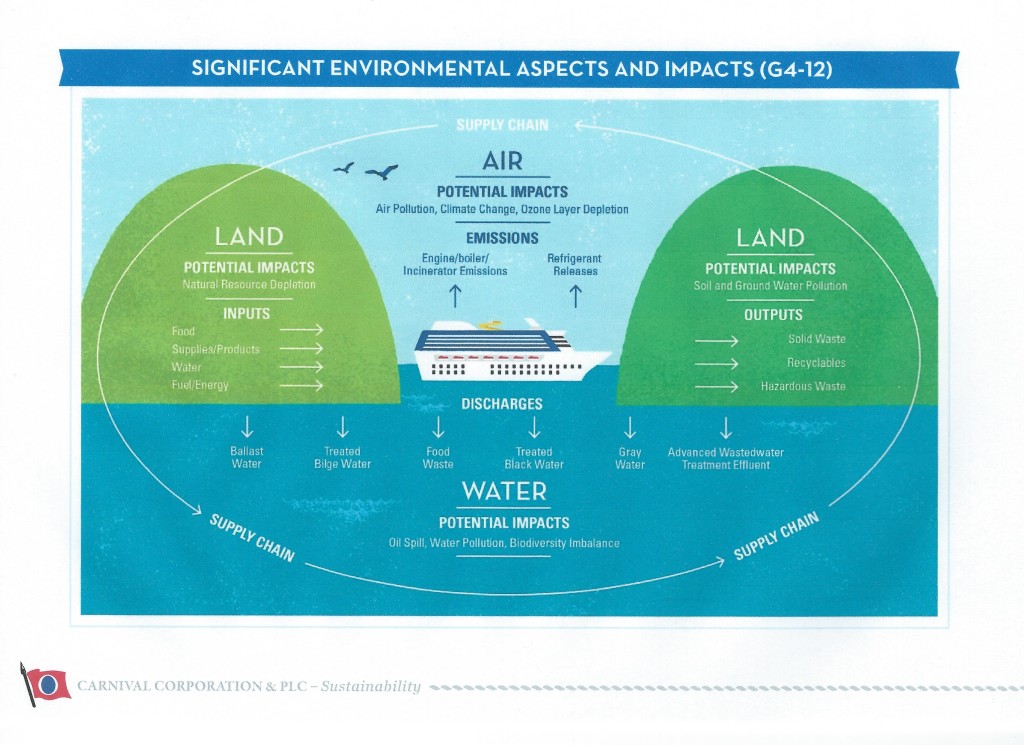EPA: Carnival Pride May Return to Baltimore. It Does. (No foolin’!)

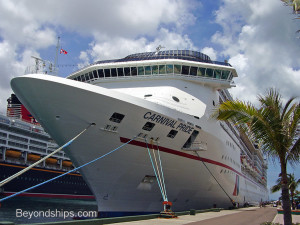 It was a blow to the Port of Baltimore when the Carnival cruise ship line decided last year to relocate “Carnival Pride” to Tampa permanently. Decision was based on new clean air standards (ECA-Emission Control Areas) for U. S. coastal waters–and beyond–mandated by the EPA and to be enforced in U. S. coastal waters by the Coast Guard. Carnival’s cruise ships, not to mention container shipping lines such as Maersk, burn higher polluting diesel fuel.
It was a blow to the Port of Baltimore when the Carnival cruise ship line decided last year to relocate “Carnival Pride” to Tampa permanently. Decision was based on new clean air standards (ECA-Emission Control Areas) for U. S. coastal waters–and beyond–mandated by the EPA and to be enforced in U. S. coastal waters by the Coast Guard. Carnival’s cruise ships, not to mention container shipping lines such as Maersk, burn higher polluting diesel fuel.
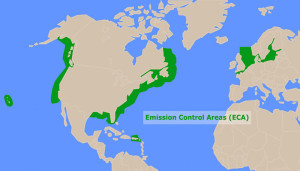 Per the EPA: “The requirements establish limits on nitrogen oxides (NOx) emissions and require the use of fuel with lower sulfur content, protecting people’s health and the environment by reducing ozone-producing pollution, which can cause smog and aggravate asthma. The most stringent requirements apply to ships operating within 200 nautical miles of the coast of North America.”
Per the EPA: “The requirements establish limits on nitrogen oxides (NOx) emissions and require the use of fuel with lower sulfur content, protecting people’s health and the environment by reducing ozone-producing pollution, which can cause smog and aggravate asthma. The most stringent requirements apply to ships operating within 200 nautical miles of the coast of North America.”
“Without further action, EPA estimates that by 2030, NOx emissions from ships will more than double, growing to 2.1 million tons per year. The memorandum of understanding (MOU) signed by EPA and the USCG outlines the agencies’ commitment to jointly enforce federal and international laws that EPA projects could prevent 12,000-31,000 premature deaths annually by 2030.”
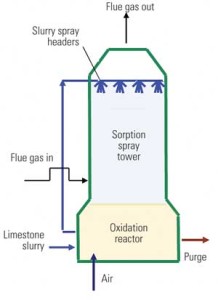
However, in a major retrofit last winter, Carnival Pride was outfitted with exhaust gas cleaning technology – known as scrubbers –designed to reduce air emissions from large marine vessels and other. This new technology will enable the Carnival Pride to exceed the stricter air emission standards established for operation within the North American ECA, according to the company. The EPA has exempted smoke stack scrubbers so propulsion systems don’t need to be replaced in order to meet the 2015-16 sulfur reduction requirements.
This smoke stack technology is called flue gas desulfurization. It offers the potential of eliminating “on the order of” 90% SO2. (Recall catalytic converters first introduced for autos in 1975? Get the anti-engine-knocking lead out. Locomotives are fitted with ’em too.)
As reported in the Baltimore Sun the other day: “’We are happy to bring the Pride home,’ Christine Duffy, Carnival Cruise Line president, told a group of state officials and travel agents during a reception at the ship’s Butterfly Lounge. As she spoke, passengers began boarding the 2,124 passenger vessel for a trip to Nassau, Freeport and Half Moon Cay in the Bahamas.”
“Every single cruise provides $1 million impact to [Maryland’s] economy, or $90 million a year, according to state economic figures” as reported in the same Sun article.
Back in February, Carnival Corporation & plc, the world’s largest travel and leisure company, was awarded “Best Marine Solution in the Clean Tech” category of The New Economy Awards 2014 for the second year in a row. This award recognized the cruise ship line’s commitment to sustainability and environmental technology as a top priority.
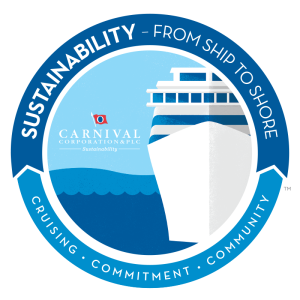 If interested, you’ll learn about Carnival’s commitment to sustainability at this link. At the bottom of the page click on the link there for further direction. One more obvious click and you’ll see the link “Fiscal Year 2013 Corporate Sustainability Report.” I’ve perused it and find report categories with good illustrations including engineering and entertainment, among many.
If interested, you’ll learn about Carnival’s commitment to sustainability at this link. At the bottom of the page click on the link there for further direction. One more obvious click and you’ll see the link “Fiscal Year 2013 Corporate Sustainability Report.” I’ve perused it and find report categories with good illustrations including engineering and entertainment, among many.
From a Report addendum is this information: “We recognize that greenhouse gas (GHG) emissions are one of our most significant risks, therefore we set a Corporate target to reduce the intensity of carbon dioxide emissions from shipboard operations by 20 percent by 2015, from our 2005 baseline, as measured in grams of CO2e per ALB-km. Measuring our GHG mission rate permits us to make meaningful GHG emissions reduction comparisons that take into account changes in fleet size, itineraries and guest capacity. We expect to achieve this target primarily by reducing energy consumption by our ships [DW italics added]. We have already made substantial progress toward reaching our current goal. From 2005 to 2013, Carnival Corporation & plc reduced our GHG emission rate by 19.3 percent.”
